This week was very wonderful. I started writing up a paper on data collected using the permeameter I built which is going to be a nice way to wrap up this internship. On top of that, I did a lot of work on the code analyzing the Guternberg – Richter relationship for both real and synthetic fracture networks.
My week began with a nice day of work out in the field. I was given the opportunity to go and dig up some geophones with Dr. McCormack and Dr. Moodie. I got up around 5 that morning because the location where the geophones were placed was a few hours from Salt Lake (near Green River) and we wanted to beat the heat. It was very cool to see the other aspect of the work the researchers do in the Energy and Geoscience Institute. Computer modeling and analysis is only half the job since somebody still has to go and collect real data.
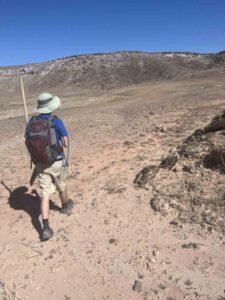
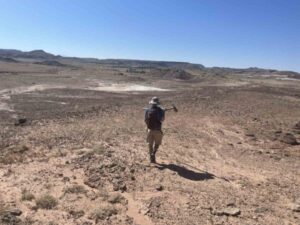
From Tuesday to Friday I collected data using the falling head permeameter I made. Once I began running trials to calculate hydraulic conductivity, I realized that in my paper I would be unable to address the second half of the research question (pertaining to water saturation’s effect on hydraulic conductivity). This was because the limited duration of an unsaturated hydraulic conductivity test would yield inaccurate results compared to the saturated hydraulic conductivity tests. On top of this, my original research question was about how permeability changes, however permeability by definition is based on the properties of the porous material (such as surface area or pore size). On the other hand, hydraulic conductivity depends on the fluid’s properties (such as saturation or viscosity) which can be very difficult to define quantitatively without specialized lab equipment. When taking this into account, it becomes apparent that the permeameter I built is not viable for comparing saturated vs unsaturated hydraulic conductivity.
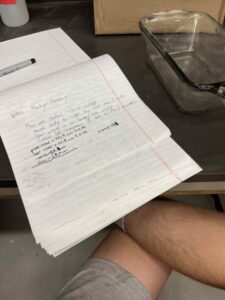
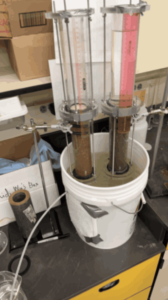
I spent the rest of the week working on the coding project for the Gutenberg – Richter relationship. I first figured out that one of my titles was not showing up because I was trying to multiply a list by a float without making the list a numpy array beforehand. This was a very easy fix, it just hadn’t occurred to me that the array was not in numpy format. Then I started figuring out how to import real data. All I really needed was the latitude, longitude, depth and magnitude. I used USGS and decided to use the state of Utah as my spot for getting the real earthquake data. I downloaded all the data as a spreadsheet and then turned it into a data-frame using pandas. From here I just needed to change what value I was giving magnitude, x, y and z in my code to be the real magnitude, lat, lon and depth. I also needed to change my boundaries for the random sampling so I just took the maximum and minimum values from the x, y, z arrays and used these as my upper and lower boundaries for the random samples. Looking back on it, it was pretty basic, but since I am very unfamiliar with spreadsheets it took me a couple days. I presented the graphs to Dr. McCormack and he asked if I could create an accurate projection from lat, lon, depth into cartesian coordinates and add a seed (to preserve the same type of randomness every trial for better comparison). The random seed was just a single line of code, but the projection was pretty hard for me. I did some research and I decided to use equirectangular projection as a good approximation of converting the coordinated projected on a sphere into normal cartesian coordinates. Overall, this coding project was a very big learning experience for me and I am overjoyed (maybe even a little surprised) that the code actually runs!
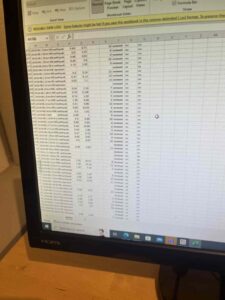

As for my extracurricular activities, I went to the gym five days this week and I went climbing 6 days this week. On Sunday I decided to try my luck with a bit more of an adventure so I woke up at 3:00 AM and biked to a nearby mountain (45 minutes bike ride). I then proceeded to turn the 45 minutes approach into a 1.5 hour hike since I got lost in the dark. I still made it to the rock outcrop before the sunrise and was able to setup a couple of topropes on this extremely sharp limestone. Lots of fun, even if my finger tips are slightly damaged. Salt Lake has been such a fun experience for me!!
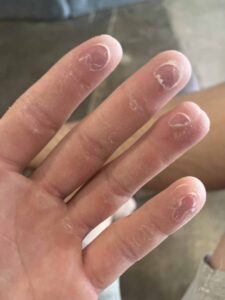
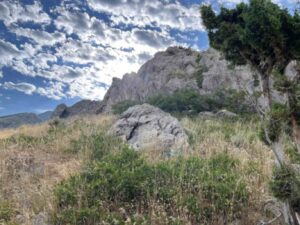
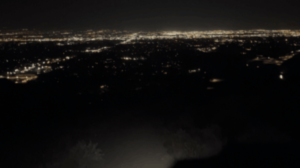

There are no comments published yet.